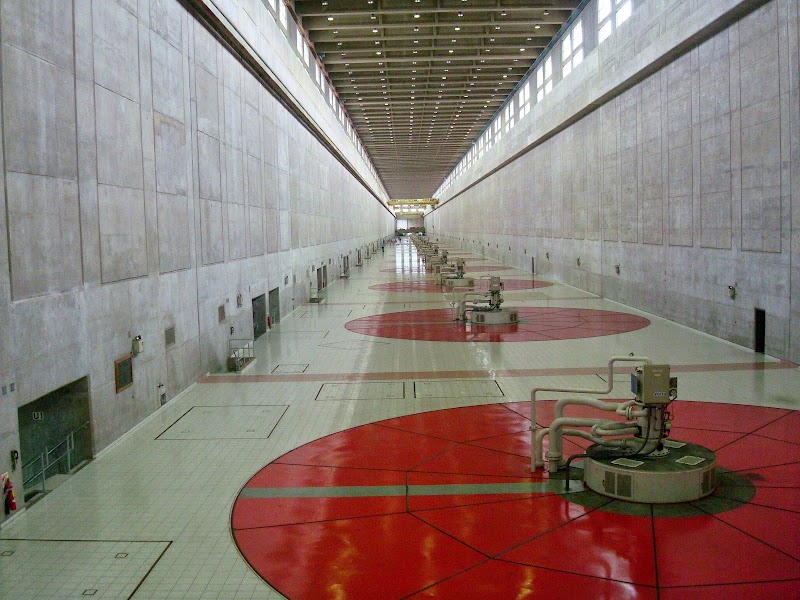
Ypoá National Park Adventures
Ypoá National Park is a protected area in Paraguay known for its freshwater lagoon ecosystems, diverse wildlife, and opportunities for birdwatching and fishing.
About Ypoá National Park

Ypoá National Park is located in the southwest of Paraguay, within the Ñeembucú Department. The park encompasses a large lagoon, Ypoá Lagoon, as well as surrounding wetland habitats and forested areas. This region forms part of the Paraná River basin and serves as an important refuge for many aquatic and terrestrial species. The park's ecosystems include marshes, swamps, and gallery forests, providing shelter for various rare and endemic species. The park was created to conserve the biodiversity of the Paraguayan wetlands and to protect its aquatic flora and fauna. It offers visitors a chance to experience subtropical nature characterized by rich birdlife, reptiles, and fish species. Popular activities include birdwatching, camping, fishing, and guided ecological tours. Ypoá National Park is especially important for waterbird species and migratory birds, making it a prime destination for ornithologists and nature photographers. The park’s remote natural environment appeals to those seeking tranquility and close encounters with nature. Visitor facilities are minimal, emphasizing the wild character of the park. Its proximity to the cities of Pilar and Encarnación makes it accessible for day trips or multi-day stays, although infrastructure remains limited. The park contributes to the conservation efforts within the broader Paraná River wetlands and supports sustainable local tourism.
Highlights
Expansive Ypoá Lagoon offering habitat to hundreds of bird species
Wetland ecosystem supporting threatened reptiles and amphibians
Outstanding opportunities for freshwater fishing and aquatic wildlife viewing
Secluded natural areas perfect for eco-tourism and birdwatching excursions
Notable Natural Features
Ypoá Lagoon
A large freshwater lagoon forming the heart of the park, vital for numerous aquatic species and migratory birds.
Wetland Ecosystems
Extensive marshes and swamps provide habitat for endangered species like the marsh deer and various waterbirds.
Gallery Forests
Forested corridors along waterways that offer refuge for terrestrial mammals and diverse plant life.
